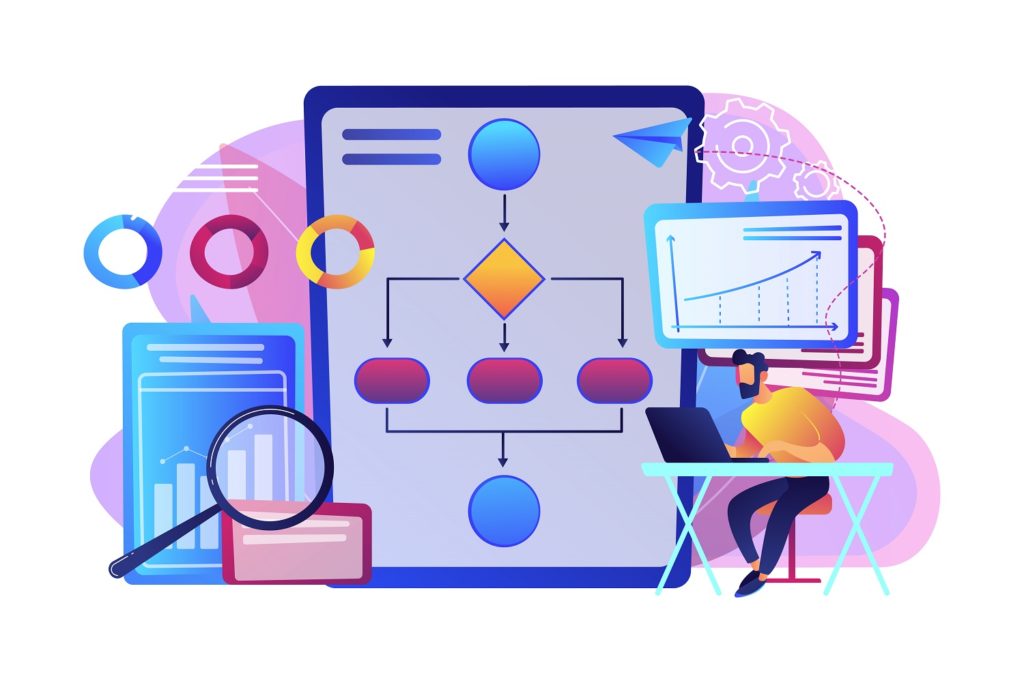Transaction data contains all the information captured by a bank when carrying out transactions such as purchases, payments, debits, credits, savings, interest, etc. Transaction data is both rich with information and highly sensitive, and this wealth of data is stored in databases with the end goal of guaranteeing transactions, and if they can’t be guaranteed, to either return them or leave them incomplete. The main advantage of these databases is that they are highly flexible, meaning that the information can be modified without having to make changes to the general system structure. Furthermore, these transactional databases allow users to recover more of their data history and there is minimal risk of data loss due to system or power failures.
Process automation, new technologies, the widespread use of business resource planning systems and the increasing volume of company transactions all generate information that is stored on the system. But if this information is not analysed and processed, it is completely worthless. That’s why various companies and industries are making use of Big Data to process, standardise and normalise their data. Big Data can, as the name suggests, handle large volumes and is fast and flexible. This tool is capable of analysing data and converting it into knowledge to help identify trends and opportunities, maximise profit and assess and detect operational risks and fraud.
GDS Modellica has created a powerful automation engine and analysis platform to aid decision-making regarding credits and loans, something that it wants to similarly apply to decision-making on banking transactions through Bank Transactions Analytics. BT Analytics is bank account data that has been processed to obtain important insights that can be input straight into a model, policy or control panel to provide a competitive advantage for any consumer or commercial lender. As for the customer benefits of BT Analytics, GDS Modellica points to the improved ability to predict fraud or non-payments, greater precision in transaction categorisation, a drastic reduction in fraud, improved verification processes, alignment of maturity dates and improved approval rates and limit assignments and lastly, the fact that it does not depend on local markets at all.
In transactional databases, the original operational data comes from OLTP (Online Transaction Processing) systems, and this data is used to monitor and perform fundamental business tasks. The content of transactional databases reveals a snapshot of business processes and enable short, quick, real-time updates and insertions. They are easy to consult as long as they are standardised, and their processing speed is very high, needing only need a millisecond to perform a transaction query. They also occupy relatively little space.
As GDS Modellica’s managing director, Antonio García Rouco, explains, “we have responded to what many lenders are seeing, that Open Banking is making it possible to use banking transaction history to get a clearer view of customer cashflows when approving loans”. However, this information is very difficult to extract, transform and aggregate quickly because there are hundreds of regulations and frameworks (payroll, affordability, early payments, etc.) and thousands of attributes (transaction amounts, withdrawal patterns, cashflow trends, salaries, etc.) that need to be used when assessing credit risk, whether they are personalised or generic scores. This is a complex task, and that is why there is a need to use specialist companies.




